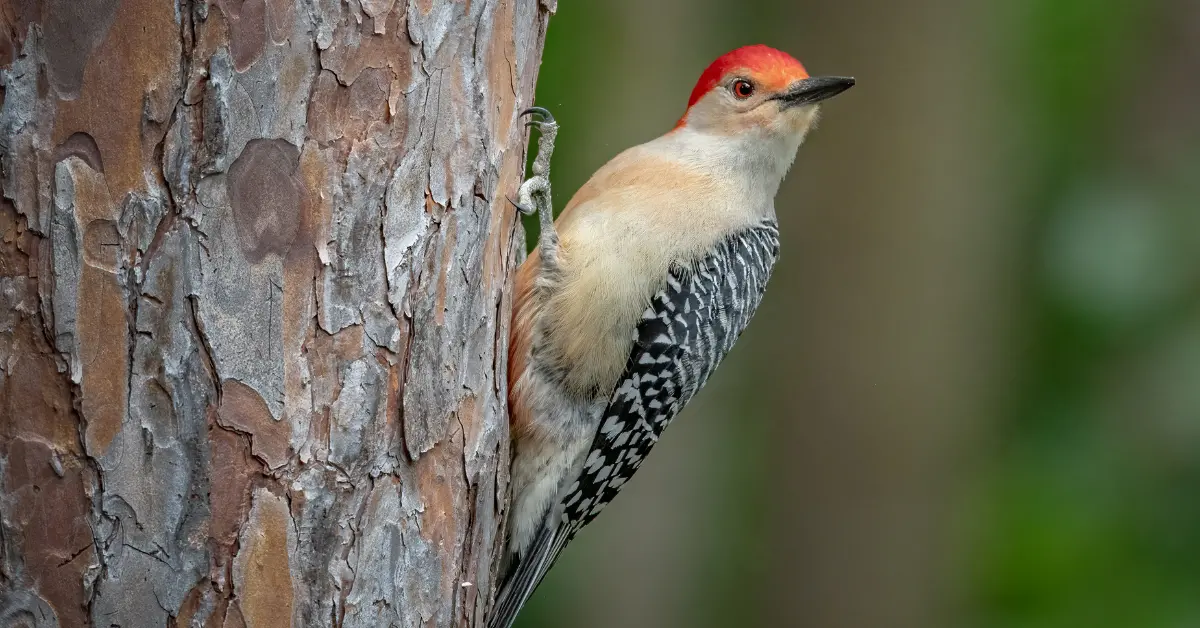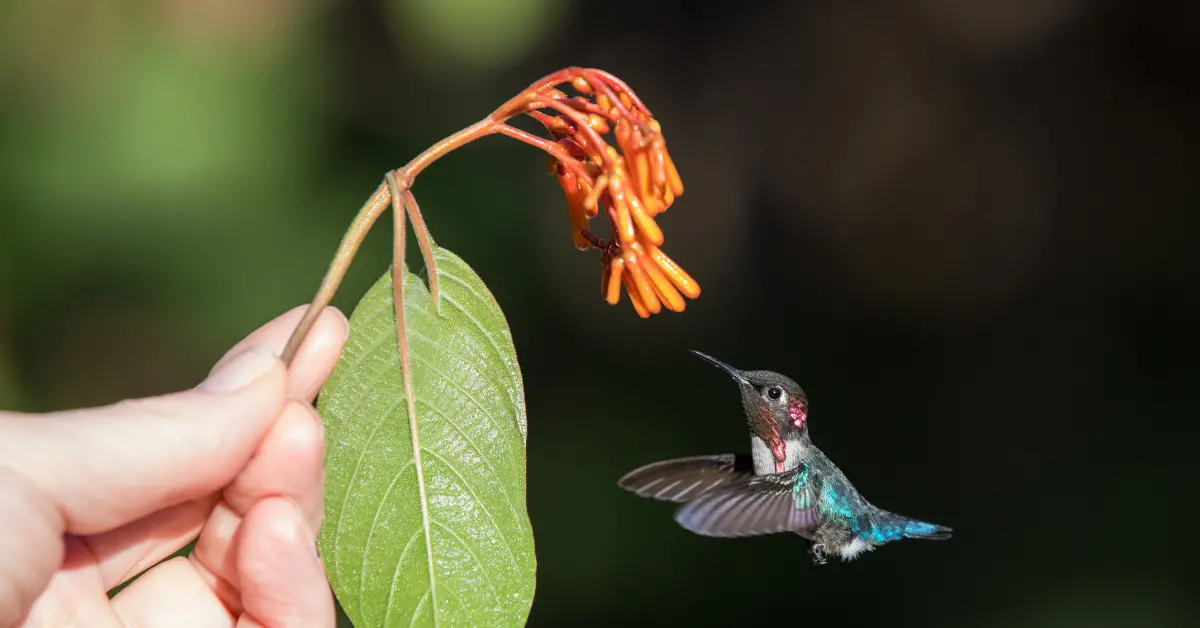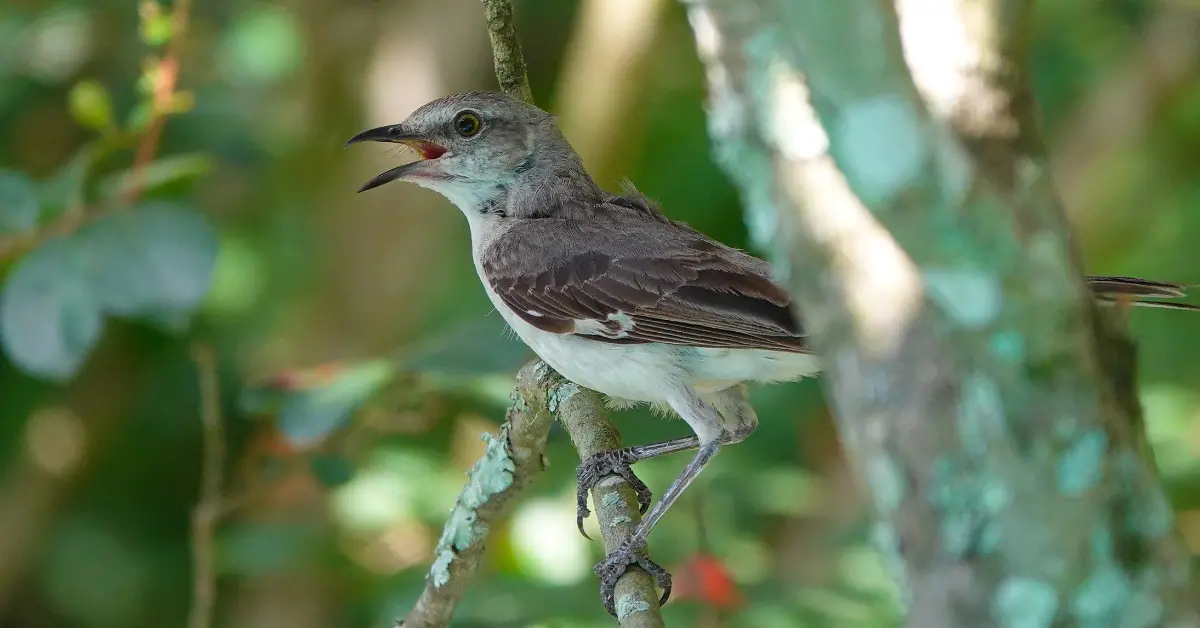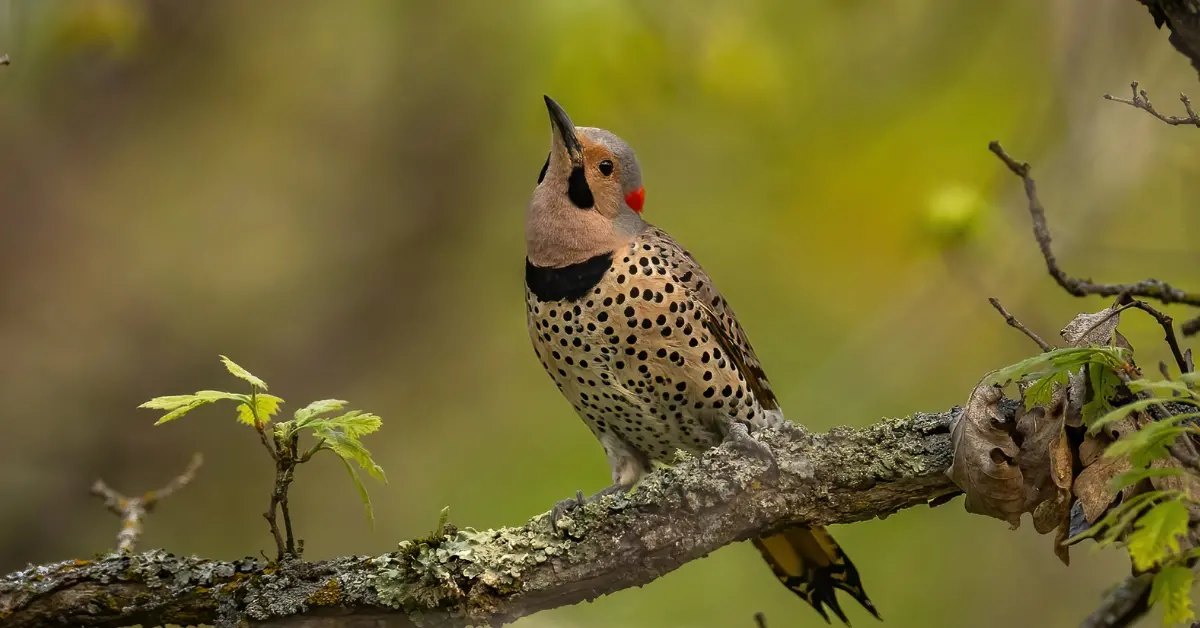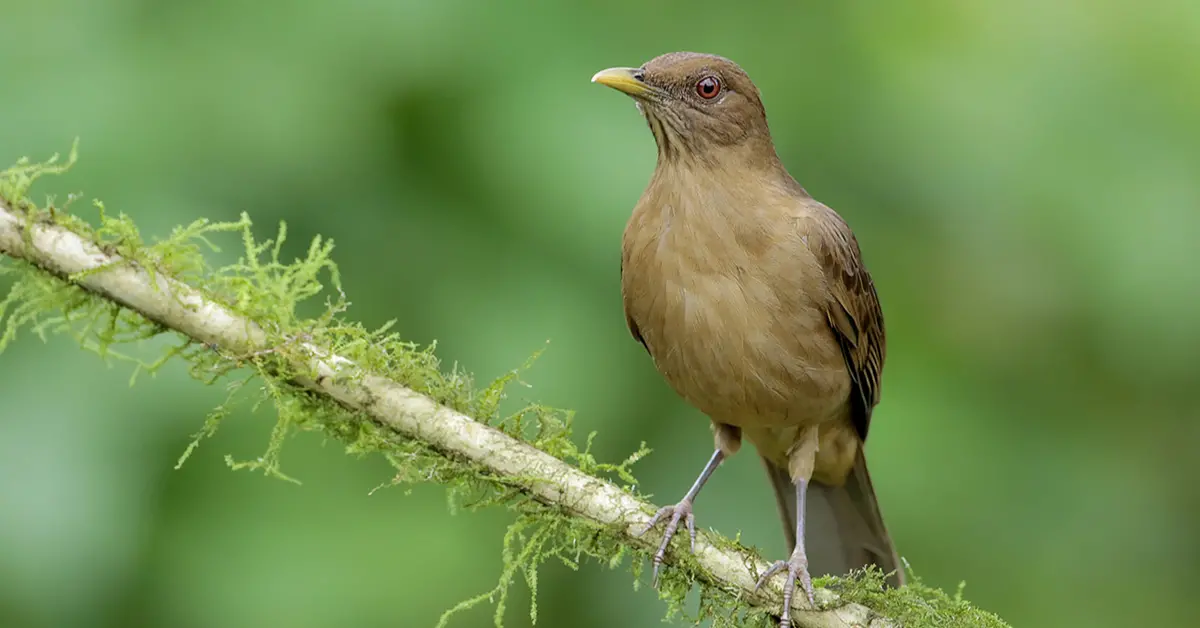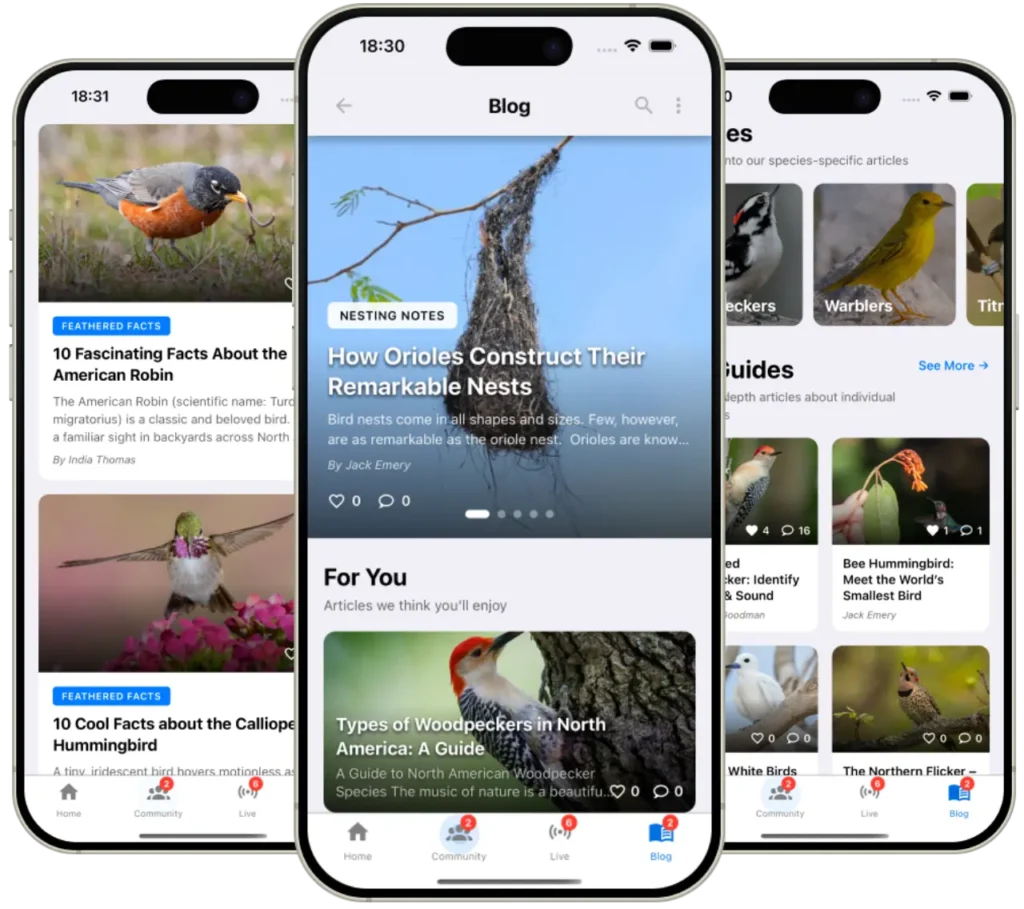Ask this on a birding page and you’ll split the room. One side sees devoted caretakers and cockatiels whistling the Mario theme. The other sees pet birds in small lives, bounced from home to home. So let’s zoom out, look at what the law says, what the science says, and where a sensible middle perch might be.
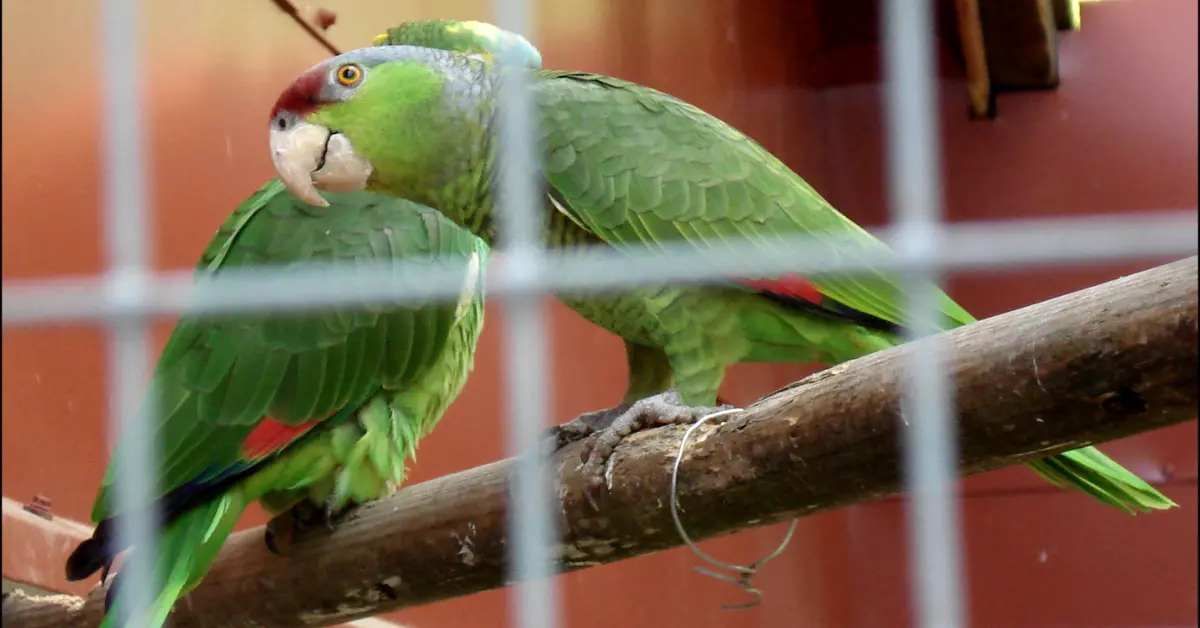
First principles in the U.S.
Two anchors shape the American debate. First, the Migratory Bird Treaty Act makes it illegal to keep native wild birds without permits. In practice, the birds you see as pets in the U.S. are non-native species, typically captive-bred. Second, the Wild Bird Conservation Act of 1992 throttled imports of wild-caught birds to ensure trade is biologically sustainable and not detrimental to species survival. That law, paired with CITES rules, shifted the U.S. market heavily toward captive breeding rather than wild harvest. U.S. Fish and Wildlife ServiceeCFR
Zoom out globally and you see more levers. The European Union’s 2005 temporary ban on wild bird imports became permanent in 2007, a move linked with lower invasion risk and fewer wild-caught birds entering consumer markets. Conservation groups still argue about side effects, but the direction of travel is clear: tighter regulation on wild-sourced trade. Conservation BiologyCITES
How many U.S. homes actually own pet birds? Roughly 6 million households according to industry surveys. Not dogs-and-cats big, but hardly niche. American Pet Products Association
The case for ethical ownership
Captive-bred, not wild-caught
If there’s an ethical lane, it starts here. After the WBCA, legal imports of wild parrots to the U.S. collapsed, and domestic breeding and adoption filled most demand. That’s better for wild populations and avoids the brutal mortality that used to shadow international trapping and transport. ScienceDirectanimalsandsociety.org

Real welfare progress is possible
Parrots are social, intelligent, and busy-minded. Kept well, they can thrive: large and complex spaces, daily social contact, foraging challenges, competent veterinary care, and guardians who understand they’re signing up for a decades-long relationship. Welfare reviews emphasize that enrichment and agency reduce problem behaviors. In short: bigger world, better bird. ScienceDirect
Conservation upside – when carefully structured
Well-regulated aviculture can create ex-situ safety nets and reduce pressure on wild stocks, especially when paired with in-range conservation. CITES and the WBCA explicitly aim for trade that is sustainable and non-detrimental, not a free-for-all. The key word is regulated. CITESeCFR
The case for a ban
Welfare red flags
Even with the best intentions, many parrots don’t get what they need. Feather-damaging behavior affects an estimated 10-17% of captive parrots in studies, a visible symptom of stress, boredom, or unmet social needs. Long lifespans mean pet birds outlive relationships, landlords, and life plans. Sanctuaries across the U.S. report heavy and rising surrender pressure. PLOSSpectrum Local News

The rescue reality
Visit a large sanctuary and you’ll see the backlog: macaws and cockatoos that screamed their way out of three homes by age ten, cockatiels bred by the hundred, conures surrendered after the honeymoon phase. Individual examples are not peer-reviewed data, but the pattern is consistent in reporting from major facilities and welfare groups. The ethical question: should we keep adding birds to a pipeline we already struggle to steward? avianwelfare.org
Disease and biosecurity
Zoonotic risk isn’t a scare story; it’s why quarantine exists. Psittacosis is uncommon but real, and CDC guidance for pet bird owners and vets is clear about hygiene, quarantine, and early treatment. Wild-caught supply chains magnify risk, which is another argument against them. CDC+1
Escapees and invasions

Escaped pets can seed feral populations. The U.S. monk parakeet story is the classic: charismatic, hardy, and capable of building massive stick nests on utility structures that can short transformers and trigger outages. Utilities and wildlife agencies spend real money managing those nests. Even where ecological harm looks limited, infrastructure conflicts are very real. APHISHouston Chronicle
And the wild is not okay
Parrots remain among the most threatened bird groups on Earth, with roughly one quarter to one third of species considered threatened depending on the analysis. Habitat loss and illegal trade both play roles. When a market rewards novelty and rarity, bans start to look less like overreach and more like a firewall. AudubonBirdLife DataZone
So…ban the trade or tighten the rules?
Okay, okay, okay – here’s the balanced perch.
- A blanket ban on all exotic pet bird ownership would strand many well-kept, captive-bred birds in legal limbo and could push parts of the market underground.
- Business-as-usual risks more surrenders, more welfare failures, and incentives for illegal sourcing.
The credible middle path is no wild-caught birds and high standards for captive-bred birds, with transparency and accountability baked in.
A practical playbook for policy and people
What governments can do now
- Keep wild-caught imports closed and align with CITES scientifically. The WBCA framework is the right idea – enforce it. eCFR
- License breeders and sellers with welfare standards: minimum enclosure sizes, enrichment plans, socialization, record-keeping, and lifetime take-back or rehoming obligations. Surprise inspections should be normal, not shocking.
- Require traceability: microchipping or banding, disclosures of origin, and buyer education at point of sale.
- Support sanctuaries with grants tied to standards, because they shoulder the social costs of a profitable trade.
What buyers can do – if you still want a bird in your life
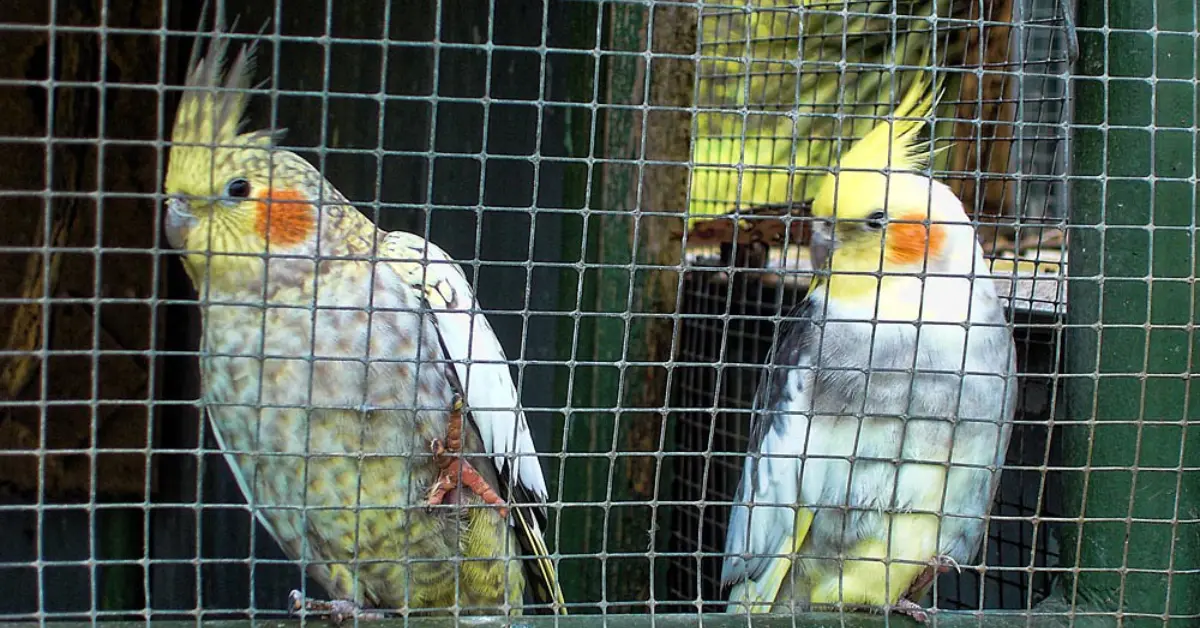
- Adopt first. There are more parrots than prepared homes. If you purchase, buy captive-bred from transparent, inspected breeders, not from vague online listings.
- Budget for space, time, and decades. A large parrot is a long-term partner, not a seasonal hobby.
- Design for agency. Foraging setups, flight-time where safe, social contact daily, rotating enrichment. A busy bird is a healthy bird. ScienceDirect
- Quarantine and veterinary care. Follow CDC-style hygiene, quarantine new birds, and build a relationship with an avian vet. CDC
What bird lovers can do – without cages
- Plant natives, add water, clean feeders, and make your windows bird-safe. You’ll enjoy wild birds being gloriously themselves on the outside of the glass.
Verdict
Should the trade in exotic pet birds be banned? Ban the wild-caught pipeline – keep it closed. For captive-bred birds, allow a tightly regulated, welfare-first pathway that puts adoption and lifetime care front-and-center and makes shoddy breeding a non-starter. That stance respects wild populations, acknowledges real human-bird bonds, and confronts the rescue backlog honestly. It’s not as punchy as an outright ban – but it’s far better for birds in the wild and birds already in our homes. U.S. Fish and Wildlife ServiceeCFRConservation BiologyPLOSCDC

